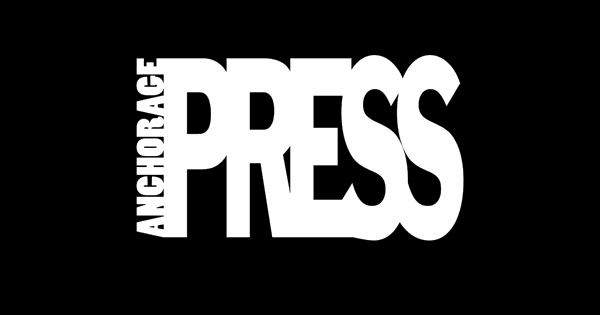Buying a home during the pandemic has been a story of bidding wars, housing shortages and rapidly rising house prices. Despite this, historically low interest rates have encouraged millions of buyers to take out loans for new homes. According to mortgage data at the loan level of the Home Mortgage Disclosure Act (HMDA)86.3% of 2020 applicants were approved for home purchase mortgages, with a median loan amount of $235,000.
In the second half of 2020, 30-year fixed mortgage rates fell below 3% for the first time in history and then continued to fall. Partly due to the Federal Reserve’s emergency measures, 30-year rates fell to 2.66% at the end of 2020. The total number of mortgage applications, including home purchases, renovations and refinancing, soared from 17.5 million in 2019 to 25.6 million in 2020, according to HDMA The data. Loan applications for the purchase of conventional housing numbered 5.8 million in 2020, or 23% of all applications. Over the past few months, rates have started to rise again, which will likely put downward pressure on both demand and house prices.
While conventional homebuyer mortgage applications for single-family homes increased 6% from 2019 to 2020, to 5.8 million, multi-family loan applications declined from 30,462 in 2019 to 25,654 in 2020. This trend reflects a growing preference for single family housing amid the COVID -19 pandemic.
Although single-family loan applications are much more common, mortgage approval rates for multi-family homes, which are more likely to be investor-owned, are higher overall. The approval rate for site-built multi-family homes was 91.6% in 2020, slightly higher than the approval rate of 90.5% for site-built single-family homes. When it comes to manufactured homes, while loans for multi-family manufactured homes have similar approval rates to site-built homes, the majority of single-family prefab mortgages are turned down. These applicants generally have lower incomes, live in rural areas and many do not own the underlying land.
The variation in loan approval rates across the country is due to several factors, including differences in demographics and socioeconomic status. Regionally, home purchase loan approval rates in the Great Plains, Midwest, and Northeast states tend to be higher, while approval rates in the South are weaker. With a loan approval rate of 93.5%, Nebraska boasts the highest approval rate in the United States. The median loan size for Nebraska loans was $185,000 in 2020, lower than the national median of $235,000, and the median loan-to-value (LTV) ratio was 86%, higher than the national median LTV of 82%. Conversely, Mississippi had the lowest home loan approval rate in the country, at just 68.8%. The median mortgage amount in Mississippi was $105,000 and the median LTV was 89.3%. In general, locations with lower loan approval rates were also subject to higher interest rates for mortgages that were ultimately approved.
To determine the metropolitan areas with the highest and lowest loan approval rates, Stessa researchers analyzed the latest data from the HDMA. The researchers ranked the metros based on the loan approval rate for the purchase of a conventional home. The researchers also calculated the median loan amount, median loan-to-value ratio, and median interest rate. To improve relevance, only metropolitan areas with at least 100,000 inhabitants were included in the analysis.
The analysis revealed that in the Anchorage metro area, the home purchase loan approval rate was 94.2%. Of all mid-size American metropolises, Anchorage had the highest home loan approval rate. Here is a summary of the data for the Anchorage, AK metro area:
- Loan Approval Rate: 94.2%
- Median loan amount: $285,000
- Median loan-to-value ratio: 90.0%
- Median interest rate: 3.0%
For reference, here are the stats for the entire United States:
- Loan Approval Rate: 86.3%
- Median loan amount: $235,000
- Median loan-to-value ratio: 82.0%
- Median interest rate: 3.2%

